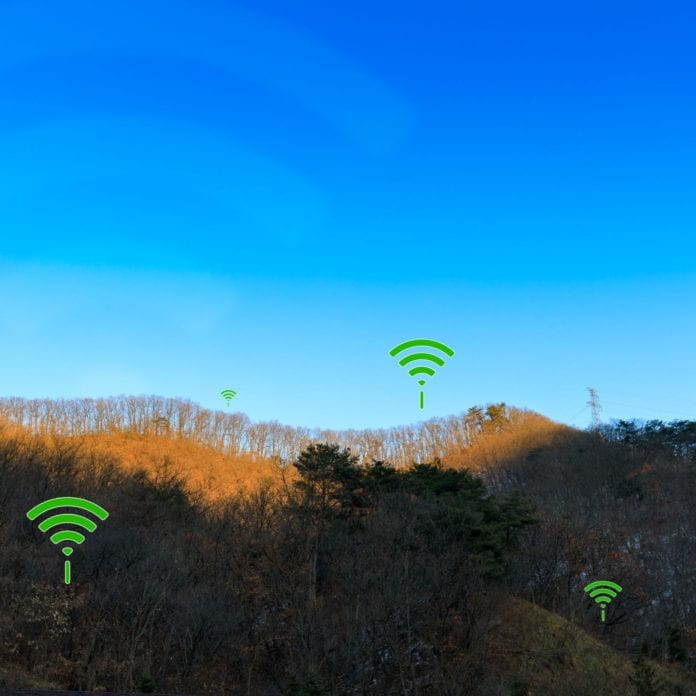Alaska rural users had the highest latency among the 50 states, followed by Montana rural users
Hundreds of millions of taxpayer dollars are being allocated toward improving rural connectivity, with the Federal Communications Commission last week announcing a sixth wave of funded projects from the Connect America Fund. T-Mobile US has promised better rural coverage, including the extension of 5G service to most of the U.S., as part of its pitch for its merger with Sprint, which the FCC approved last week. So what does the urban/rural divide in mobile coverage actually mean in terms of experience? Crowd-sourced, device-based measurement and analysis company OpenSignal dug into its data to take a look.
The mobile digital divide includes lack of coverage, and OpenSignal found that rural users could connect to an LTE signal more than 90% in 14 states (mostly on the East Coast), but that dropped in Western states and large states. Rural users in Alaska and Wyoming had an LTE signal less than 70% of the time. But the bulk of OpenSignal’s focus was on what kind of experience rural users have when they do get an LTE signal. And it basically comes down to this: a slower experience than urban users have, with higher latency. The analysis included some evidence that was not so obvious, however, such as that being located in a geographically small state doesn’t necessarily mean a smaller gap in rural vs. urban mobile speeds.
Large states like Alaska and Wyoming typically had a smaller gap between the experiences of urban and rural mobile users, “mainly because users, on average, had a slower — and therefore more similar — download speed experience in both urban and rural areas,” OpenSignal said in a blog post on the data analysis.
Nevada had the smallest gap between urban and rural experience, with OpenSignal reporting average urban download speeds of 22.3 Mbps and rural ones of 19.2 Mbps, a gap of just over 3 Mbps. The biggest gap between the urban and rural mobile experience was in Michigan, where urban users had average download speeds of 28 Mbps and rural ones had download speeds of 14.6 — only about half the urban speed rate.
After Michigan, the biggest gaps between urban and rural mobile download speeds were in Minnesota (12.8 Mbps difference), Virginia (12.3 Mbps difference) and New York (12.1 Mbps). The states with the closest experiences were Iowa, with a 4 Mbps difference between average rural and average urban download speeds; Wyoming (4.1 Mbps difference), Rhode Island (4.2 Mbps difference) and Vermont (4.5 Mbps).
In terms of upload speeds, those varied from 4.5 Mbps to 10 Mbps across U.S. urban areas, while ranging from 2.4 Mbps to 7 Mbps in rural areas. Urban users in 46 states had, on average, upload speeds of at least 5 Mbps, while rural users averaged 5 Mbps or more in only six states.
Alaska users experienced very high latency — not surprising, given the size of the state as well as its geographic distance from the continental U.S. and its troves of data centers. Alaska rural users had the highest average latency experience in the U.S., at 111.7 milliseconds, which was 36.9 ms higher than Alaska’s urban mobile users. But Montana users also saw high latency, even in urban areas: an average score of 95.3 milliseconds, which OpenSignal noted was higher than users in 46 other states. Rural Montana users had an average latency of about 106 ms.
Read the full analysis here. This is OpenSignal’s second analysis of the differences between urban and rural mobile user experiences, with the first one focusing on how often rural and urban users could access LTE and concluding that being closer to urban areas increased the likelihood of having an LTE signal.

